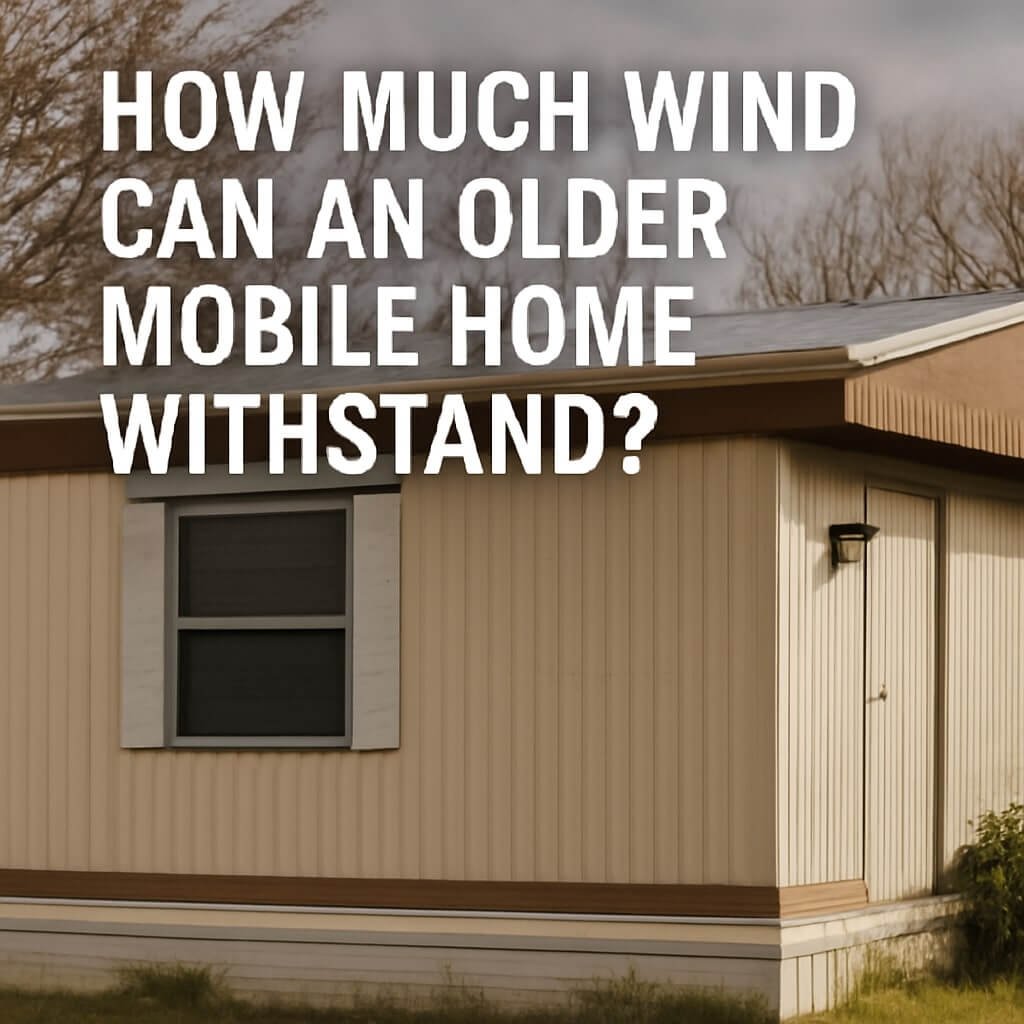Tiny homes have taken the housing market by storm, offering affordable, sustainable, and minimalist living options. But one common question that arises is: how many tiny homes can you fit per acre? This article dives deep into this question, providing 15 amazing insights to help you understand the factors, calculations, and practical considerations when planning tiny home communities or private tiny home lots.
Understanding Tiny Home Living
Tiny homes typically range between 100 and 400 square feet, designed for efficiency and simplicity. Living in a tiny home is all about making the most of limited space while maintaining comfort and style. As the trend grows, many people consider building or buying tiny homes on their property or in a community setting. Knowing how many tiny homes per acre you can accommodate is crucial for developers, planners, and homeowners alike.
Tiny homes promote eco-friendly living, reduce housing costs, and often provide more freedom compared to traditional homes. However, the density or number of tiny homes per acre depends on various factors beyond just square footage.
What Defines an Acre of Land?
Before diving into calculations, it’s essential to understand what an acre represents. An acre is a unit of area commonly used in real estate and land management, equal to 43,560 square feet. To visualise, it’s roughly the size of a football field without the end zones.
Knowing the size of an acre helps frame how much land you have to work with when placing tiny homes, but keep in mind the usable land area can be reduced by factors like slope, trees, or access roads.
Factors Affecting Tiny Home Density per Acre
The number of tiny homes you can fit on an acre depends on several key factors:
Local Zoning and Building Codes
Every city or county enforces zoning regulations that dictate minimum lot sizes, setbacks from property lines, and limits on how many dwelling units can occupy a given area. These laws can dramatically influence how densely tiny homes can be placed. Some areas might require a minimum of 5,000 square feet per home, while others allow smaller footprints.
Infrastructure and Utilities
Access to water, electricity, sewage, and roads is critical. Utility easements and space for infrastructure like septic systems or stormwater management reduce the land available for homes.
Home Size and Layout
Tiny homes vary in size—from ultra-compact 100-square-foot models to more spacious 400-square-foot designs. The larger the home, the fewer will fit per acre. Additionally, how homes are oriented and spaced impacts density.
Parking and Road Access
Many zoning codes require off-street parking spots per dwelling, plus space for driveways and walkways. This extra space can cut down the number of tiny homes per acre.
Calculating Tiny Homes Per Acre
Average Tiny Home Footprint
Most tiny homes average about 200 square feet in living space. Including decks or small porches, that can rise to roughly 300 square feet per home footprint. But this is just the start.
Allowing for Common Areas and Green Spaces
Communities often include shared areas like playgrounds, gardens, or picnic spots. These reduce available space for homes but add value to the community.
Example Calculations
Let’s do some rough math:
- Total Acre: 43,560 sq ft
- Subtract 20% for roads, parking, and common spaces: 43,560 x 0.8 = 34,848 sq ft
- Divide by 400 sq ft per home footprint (including outdoor space): 34,848 / 400 = ~87 homes per acre
In reality, zoning and infrastructure often reduce this number to between 8 and 20 homes per acre.
Maximising Tiny Home Density
To fit more homes on an acre, consider these strategies:
Multi-Story Tiny Homes
Building upwards can double or triple living space without increasing the footprint. Though costlier, this is a smart density booster.
Compact Community Planning
Efficient layouts like clustered homes or shared walls can save space and improve neighbourliness.
Shared Amenities
Communal laundry, kitchens, or storage reduce individual space needs and free up land.
Environmental Considerations
Higher density living conserves land and reduces urban sprawl but requires careful planning to avoid overtaxing natural resources. Preserving green spaces within tiny home communities boosts biodiversity and resident wellbeing.
Financial Implications of Tiny Home Density
Higher density can lower infrastructure costs per home, improving affordability. But complex zoning and required amenities can add expenses. Balancing cost and density is key to sustainable development.
Case Studies of Tiny Home Communities
- Boneyard Studios, Seattle: A tiny home village fitting 12 homes on a half-acre, balancing density and community space.
- Community First! Village, Texas: Over 600 tiny homes spread across 51 acres, including extensive communal areas and infrastructure.
Pros and Cons of High-Density Tiny Home Living
| Pros | Cons |
|---|---|
| Efficient land use | Potential for overcrowding |
| Lower infrastructure cost | Privacy concerns |
| Strong community feeling | Possible zoning hurdles |
| More affordable housing options | Parking and traffic challenges |
Future Trends in Tiny Home Acreage Planning
Experts predict increased acceptance of tiny homes, more flexible zoning laws, and innovative community designs incorporating sustainable tech.
Frequently Asked Questions (FAQs)
How many tiny homes can fit on 1 acre legally?
Legally, it varies widely by location. Many areas require a minimum lot size of 5,000 to 10,000 sq ft per home, limiting homes to 4-8 per acre. Always check local zoning.
Can tiny homes be placed closer than traditional homes?
Yes, tiny homes can be spaced closer due to smaller footprints, but local setback rules apply.
What are typical zoning setbacks for tiny homes?
Setbacks often range from 5 to 15 feet from property lines and neighbouring buildings.
How does parking impact tiny home density?
Each home often requires at least one parking spot, which takes up roughly 160-200 sq ft, reducing density.
Are multi-story tiny homes allowed on small plots?
Depends on zoning, but many codes allow two-story structures if height limits are met.
What infrastructure is needed for tiny home communities?
Water, electricity, sewage (septic or sewer), roads, and sometimes internet access are essential.
Conclusion
Figuring out how many tiny homes per acre you can fit involves balancing legal, practical, and community factors. While rough estimates suggest anywhere from 8 to 20 homes per acre, depending on local rules and home sizes, thoughtful design and planning can maximise space while maintaining quality of life. Whether you’re a homeowner, developer, or urban planner, understanding these insights can help unlock the full potential of tiny home living.













